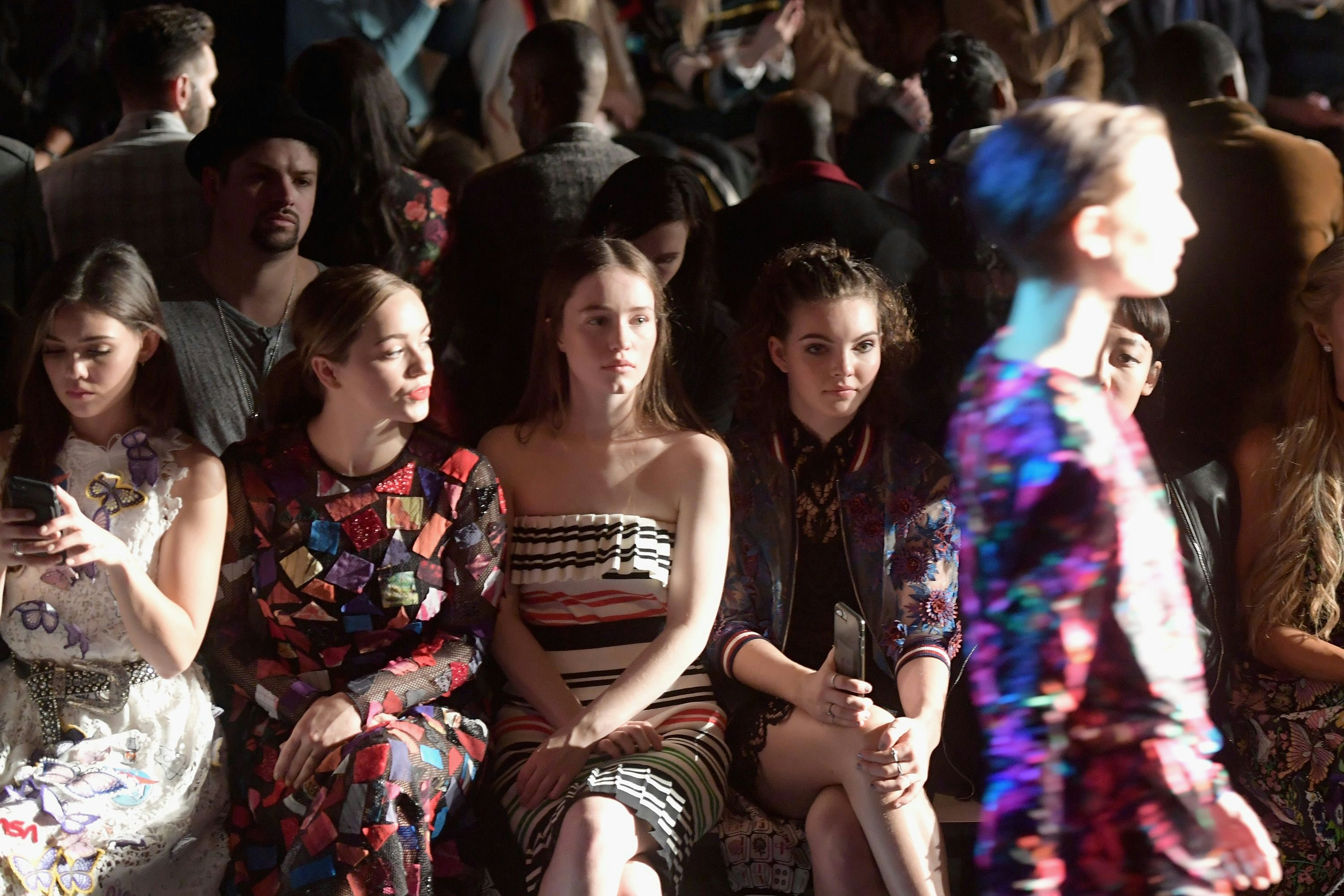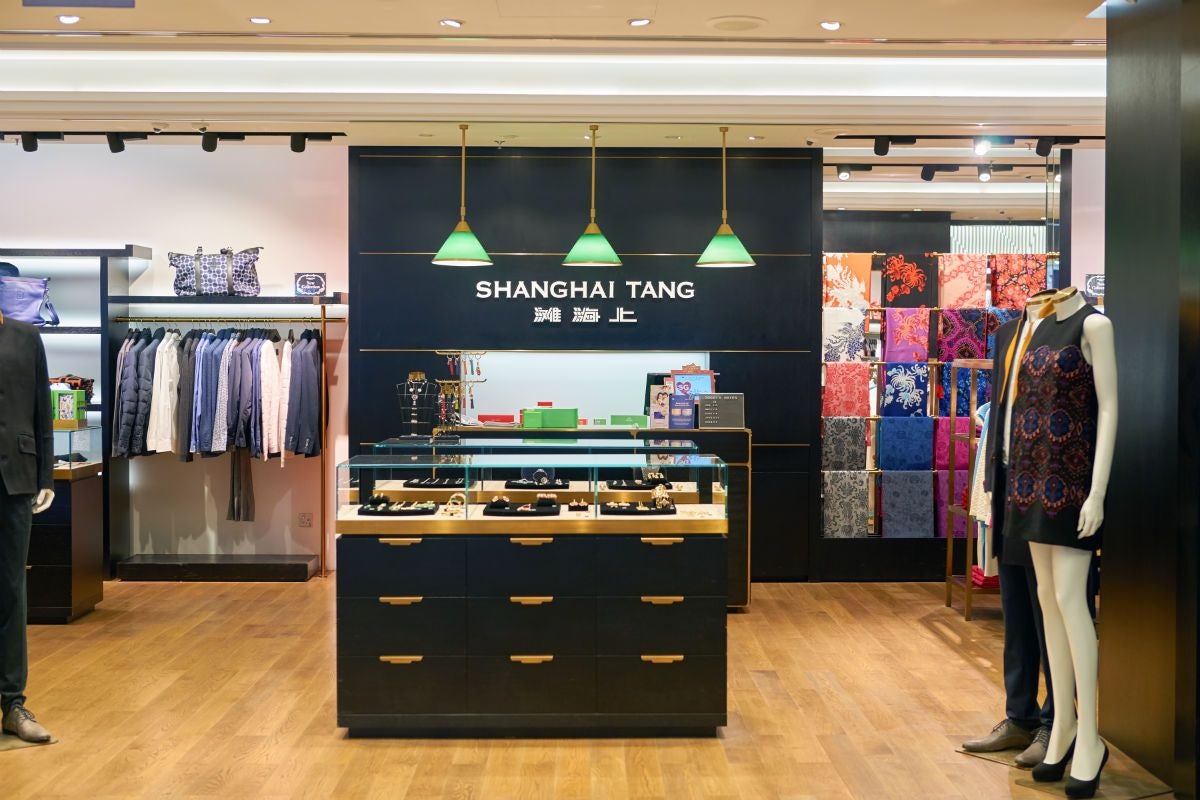New York-based Chinese-American designer Vivienne Tam is moving into mainland China with the help of a new Chinese partner, Shenzhen Ellassay Fashion Co.
The Chinese women’s apparel company announced Tuesday that it will buy 75 percent of Vivienne Tam's brand rights for 37 million yuan. The rights were acquired from the company's sole shareholder, Peony Power Limited, a subsidiary of Chinanow Associates Limited in Hong Kong, which runs Vivienne Tam.
In an interview with Tam in February, the designer told Jing Daily she would be opening stores in China by the end of this year. "I am in the middle of talking to a partner," she said, "so hopefully will be opening stores this coming winter season." We now know who that partner is.
The deal will enable Ellassay to control Vivienne Tam’s operations in mainland China. The company said it will open a Vivienne Tam flagship store at the end of this year, and more stores are expected in the next year.
While China has been the primary driving force for large luxury conglomerates like LVMH, Kering and Richemont, it is a difficult market to navigate for smaller fashion companies like Vivienne Tam. Lacking the financial firepower to invest in sales channels and marketing tools, a Chinese partner could be crucial for the expansion of small fashion houses.
On the flip side, Chinese fashion companies eager to get a quick brand upgrade and attain international influence are more than happy to work with or acquire established overseas brands.
Before Vivienne Tam, Ellassay had already acquired German fashion label Laurèl’s Chinese operations and French brand IRO. With Vivienne Tam, which is more well-known internationally than the other two brands, the company expects to get a step closer to becoming a “globally influential Chinese high-end fashion group.”
Similarly, last year, Shandong Ruyi, a Chinese textile group seeking a transformation, purchased a controlling stake in French company SMCP, which owns fashion brands Sandro, Maje and Claudie Pierlot. After the deal was done, Shangdong Ruyi announced it will support SMCP’s global expansion, especially in Asia.
There were concerns, even in China, about a textile company’s ability to run fashion labels, but SMCP’s latest reports suggest that these worries could be unwarranted. SMCP’s 2016 revenues increased 16 percent, driven by a 45-percent jump in the Asia market. And chief executive Daniel Lalonde expects further growth in China, both online and offline.
For Vivienne Tam, working with Chinese partners is not a new strategy either. Back in 2008, it formed a joint venture with Chinese high-end fashion company Ports to tackle the China market. However, by 2010, without having achieved any significant breakthrough, the collaboration ended.
Another potential benefit of having a Chinese partner is that it might lower policy uncertainties. There have always been concerns that luxury imports will be the first to get hit whenever trade tensions escalate. When it happens, large groups such as LVMH or Kering with varied assets will be better positioned in coping with political uncertainties. Smaller luxury houses can achieve the same security by teaming up with a Chinese partner.



